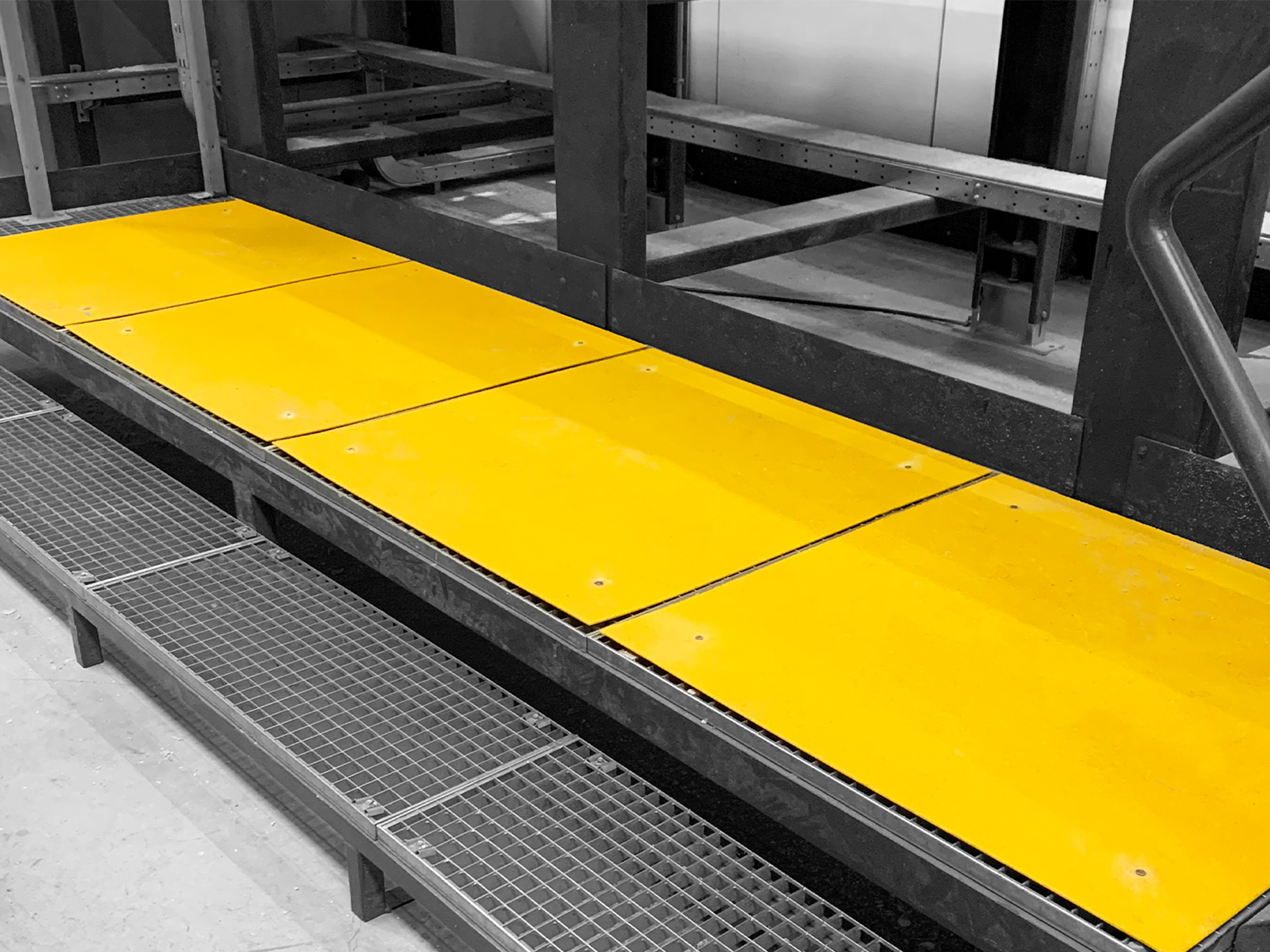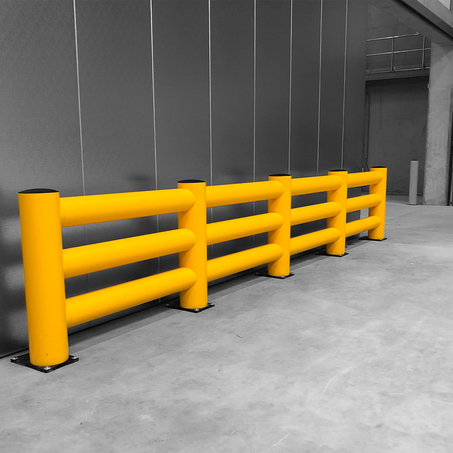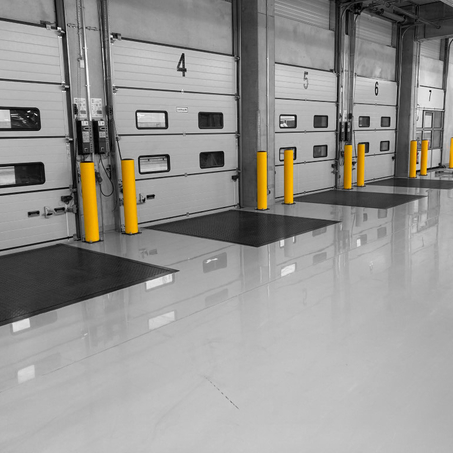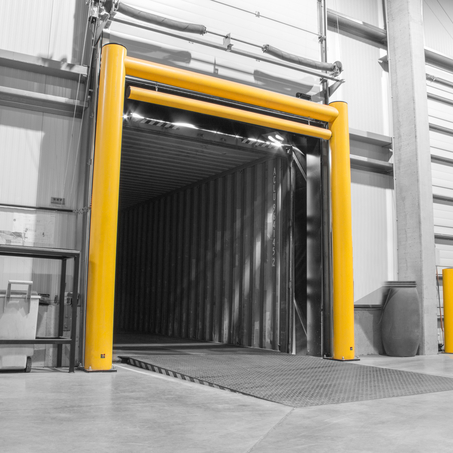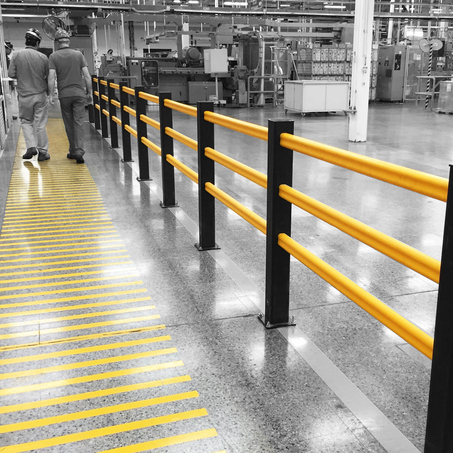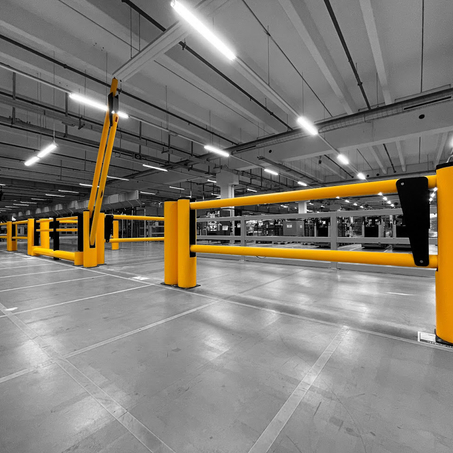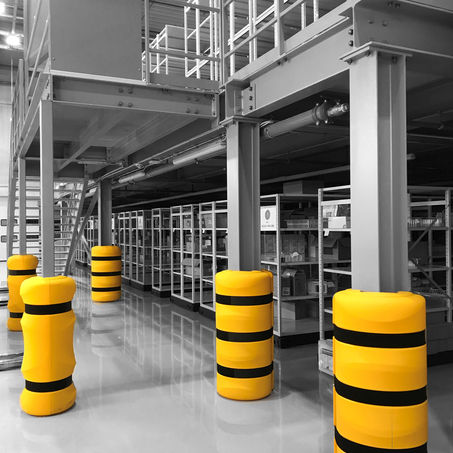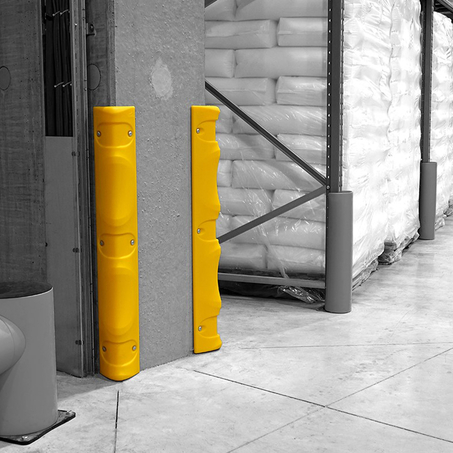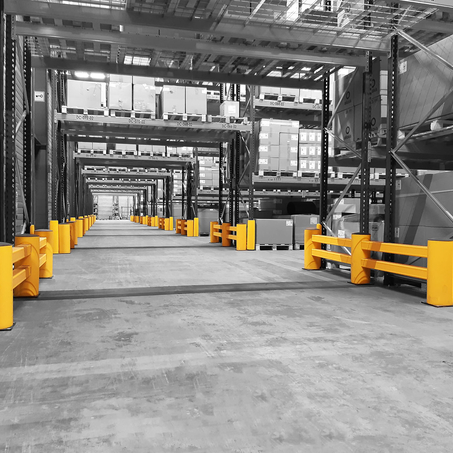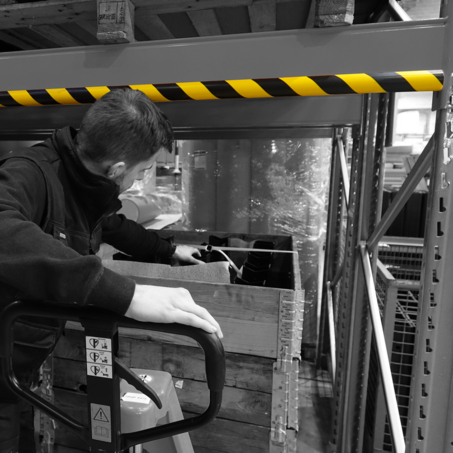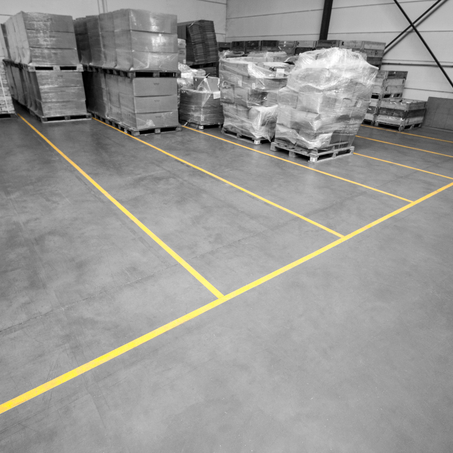WAYS TO PREVENT SLIPS AND FALLS AT WORK
Danger lurks around every corner: Even a careful worker can slip or trip on a slick floor, or lose their balance and fall. This article covers how to prevent accidents caused by slips and falls.
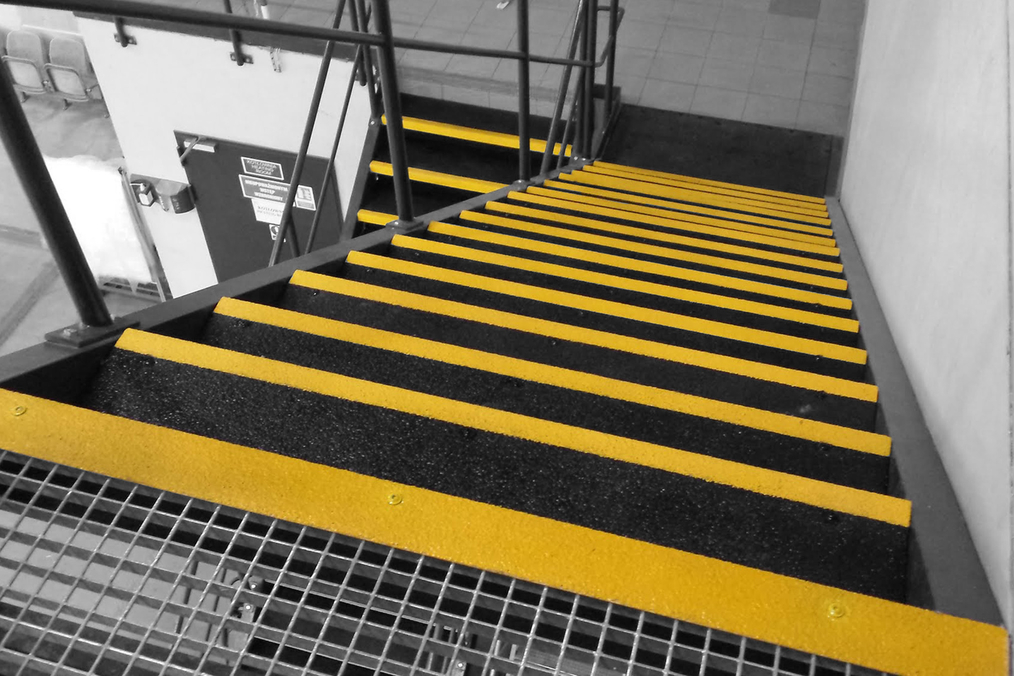
WHAT CAUSES FALLS AND SLIPS AT WORK?
According to the French National Institute for Research and Safety (INRS), 10% of workplace accidents are caused by employees falling or slipping at work. This number is high, but it shouldn't be surprising. After all, this type of accident isn't limited to industries where dust and other materials end up on the workfloor. These accidents happen in every work environment.
Accidents from slips or falls are often caused by a lack of preventive measures, poor organization of the premises, or poor floor maintenance. Employees might slip on dirty surfaces or, conversely, on freshly scrubbed floors. Humid environments also carry an inherent risk of falling. Other causes include a lack of anti-slip strips or handrails, wear and tear on stepladder covers, unsafe steps, loose cables, clutter, and poor lighting. Then there's employee inattentiveness, which often causes accidents. In addition to environmental factors, primary causes include minor distractions, rushing due to time pressure, stress, and fatigue.
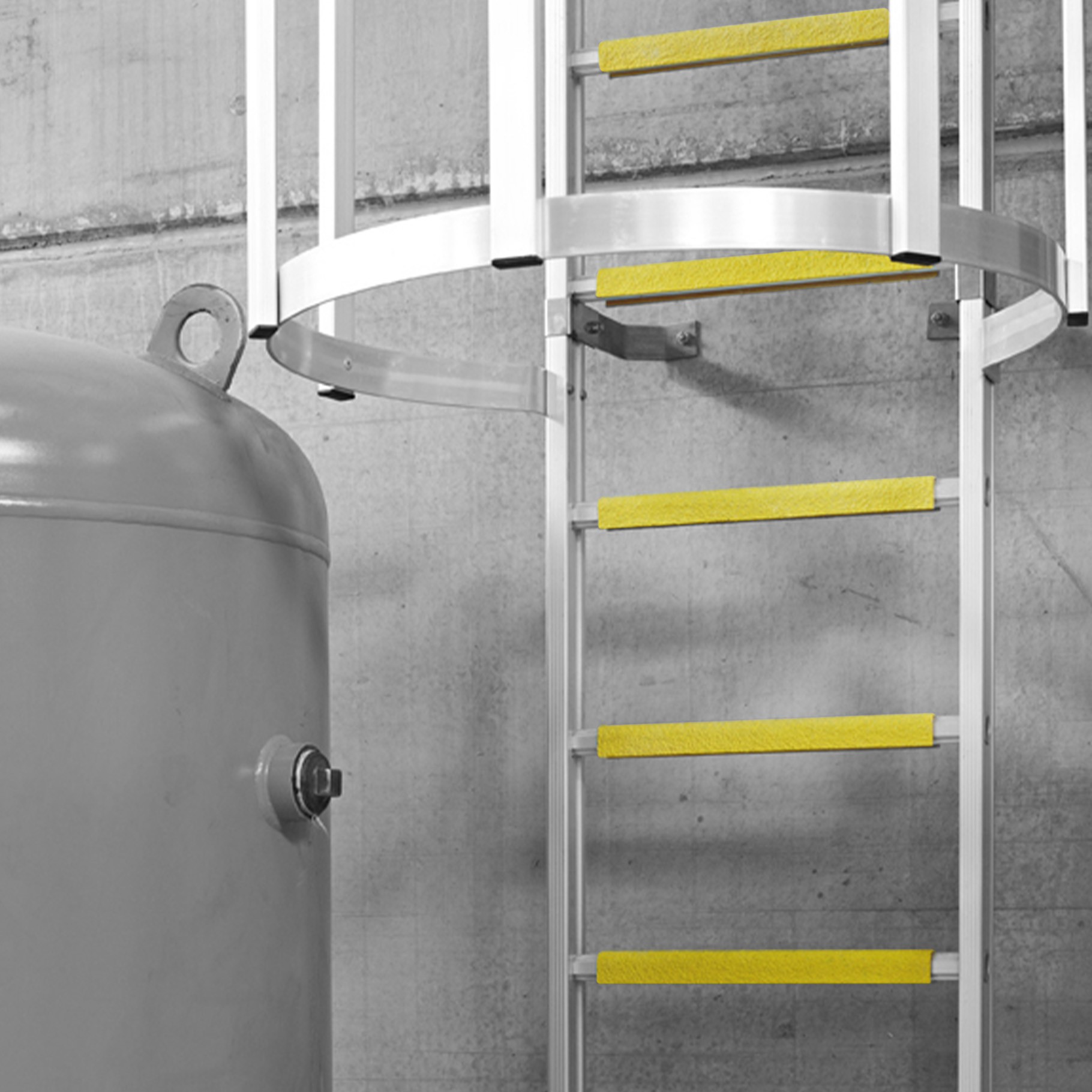
How can you prevent falls or slips at work?
It makes sense to primarily rely on the employer to prevent accidents caused by falls or slips at work. The company is responsible for creating a safe workplace. This can be accomplished by taking various preventive measures.
Employee training
Training is crucial. Every employee needs to be aware of the risks of slipping and falling. Through training (like a safety presentation), you can inform employees about the actions they should take in a risky situation. Additionally, the most important information, such as the speed at which people are allowed to move (walk, not run), must be visible to all employees. You can do this, for instance, by putting up warning posters and signs.
Personal protective equipment
Prevention doesn't rely only on training. Safe, approved equipment is also necessary to perform tasks properly. For instance, it's crucial to have sturdy safety shoes with extra grip in wet environments. These shoes must meet the standards for 'personal protective equipment – safety shoes.' They also need to be comfortable and appropriate for the activity at hand. There are three levels of resistance: the SRA marking, which is especially suited for wet floors after polishing; the SRB marking, which is more suitable for grease-covered floors; and the SRC marking, which combines resistance to both water and grease-containing products.
Collective protective equipment
Collective protective equipment is essential along with personal protective equipment. The goal is not only to reduce the risk of serious injury but also to provide the necessary protection in case of an accident. It all begins with good basic equipment. For instance, the type of floor plays a crucial role in falls and slips at work. As mentioned above, a greasy or wet surface will make the floor slippery. Therefore, the choice of flooring is important: the slip threshold must be suitable for the activity and consider the dynamic friction coefficient (which should be greater than or equal to 0.30), the degree of exposure to inherent contaminants (grease, water, etc.), and the experimental standard for building classification.
To ensure optimal working conditions, the workplace floor must always be clean and dry. Dry substances like cement dust, sawdust, or sand, as well as liquid substances like lubricating oil, water, or polishes, all pose a slip hazard. Pedestrian areas should be protected from the weather and designed to make floor cleaning easy and efficient, such as with a gradient of 1.5 to 2 percent to enable water drainage. Several measures should also be taken to maintain the quality of the floor: avoid floors with joints and combining floor coverings with different levels of traction; limit differences in floor conditions, as this can cause a loss of balance or tripping; follow the recommended method for cleaning the floor, etc.
Maintaining order is also a crucial tool for ensuring safety in a business environment. People often trip in spaces with a lot of clutter. Avoid leaving objects scattered and keep cables and tools organized. You can also reduce the risk of falls or slips by putting up a warning sign.
